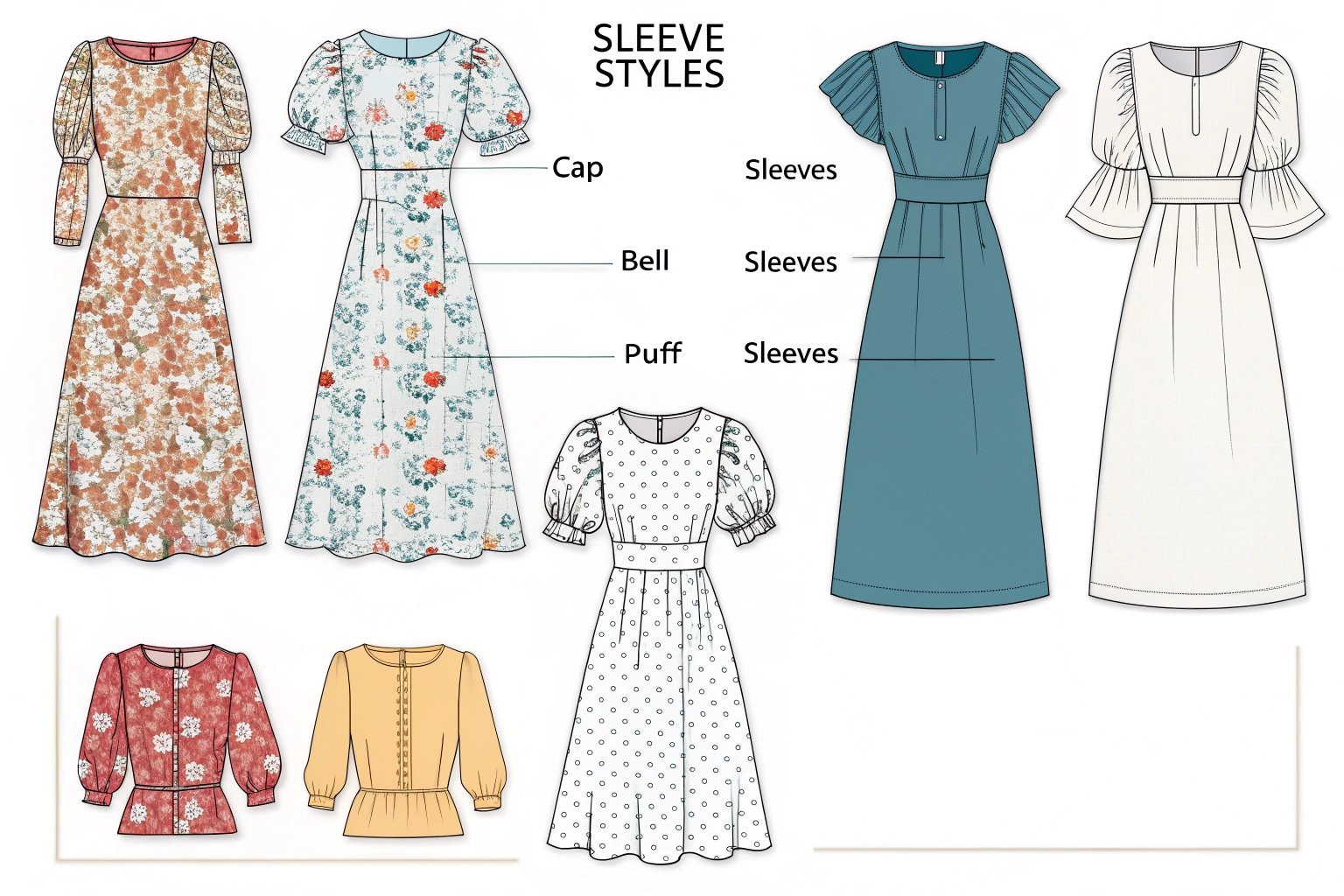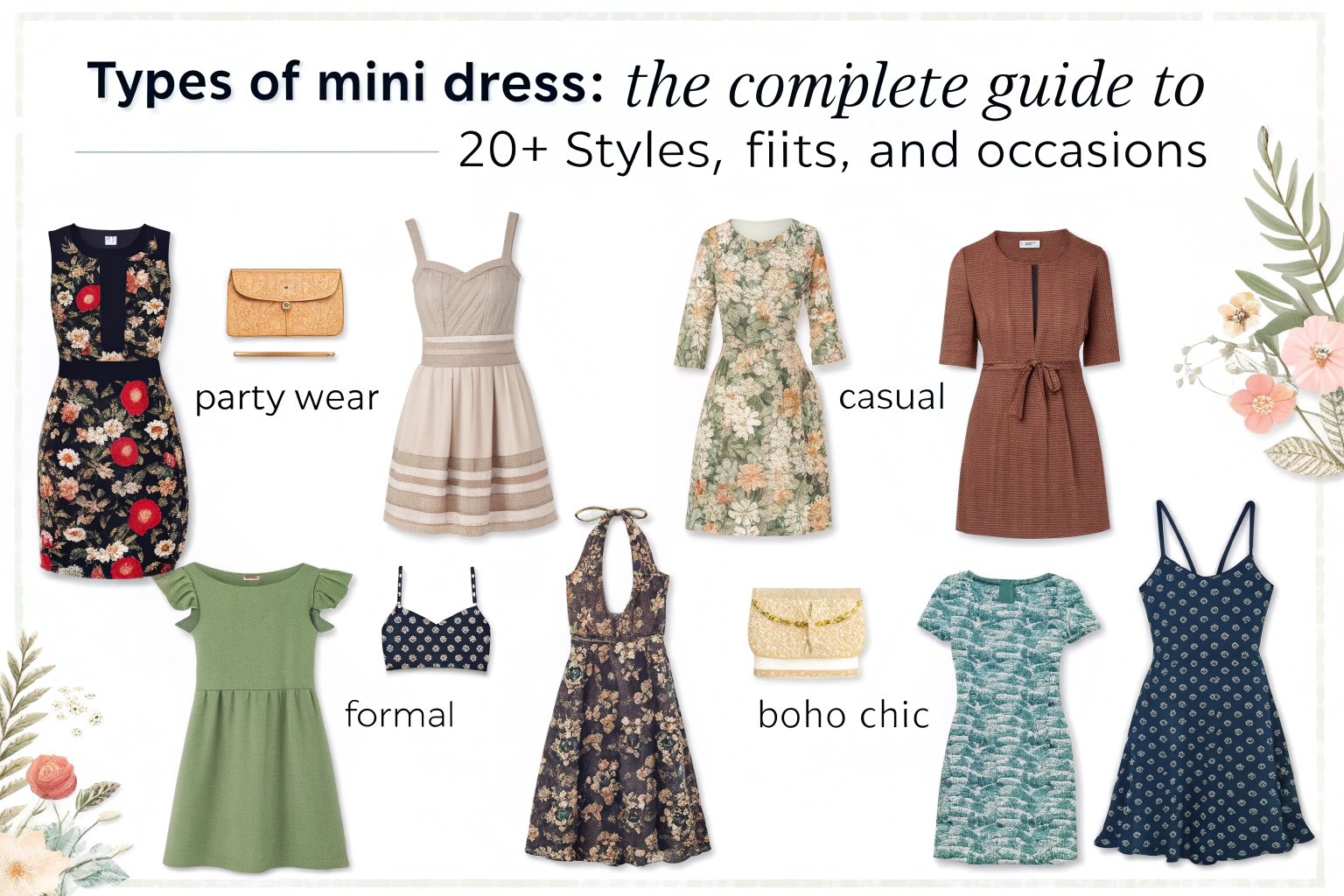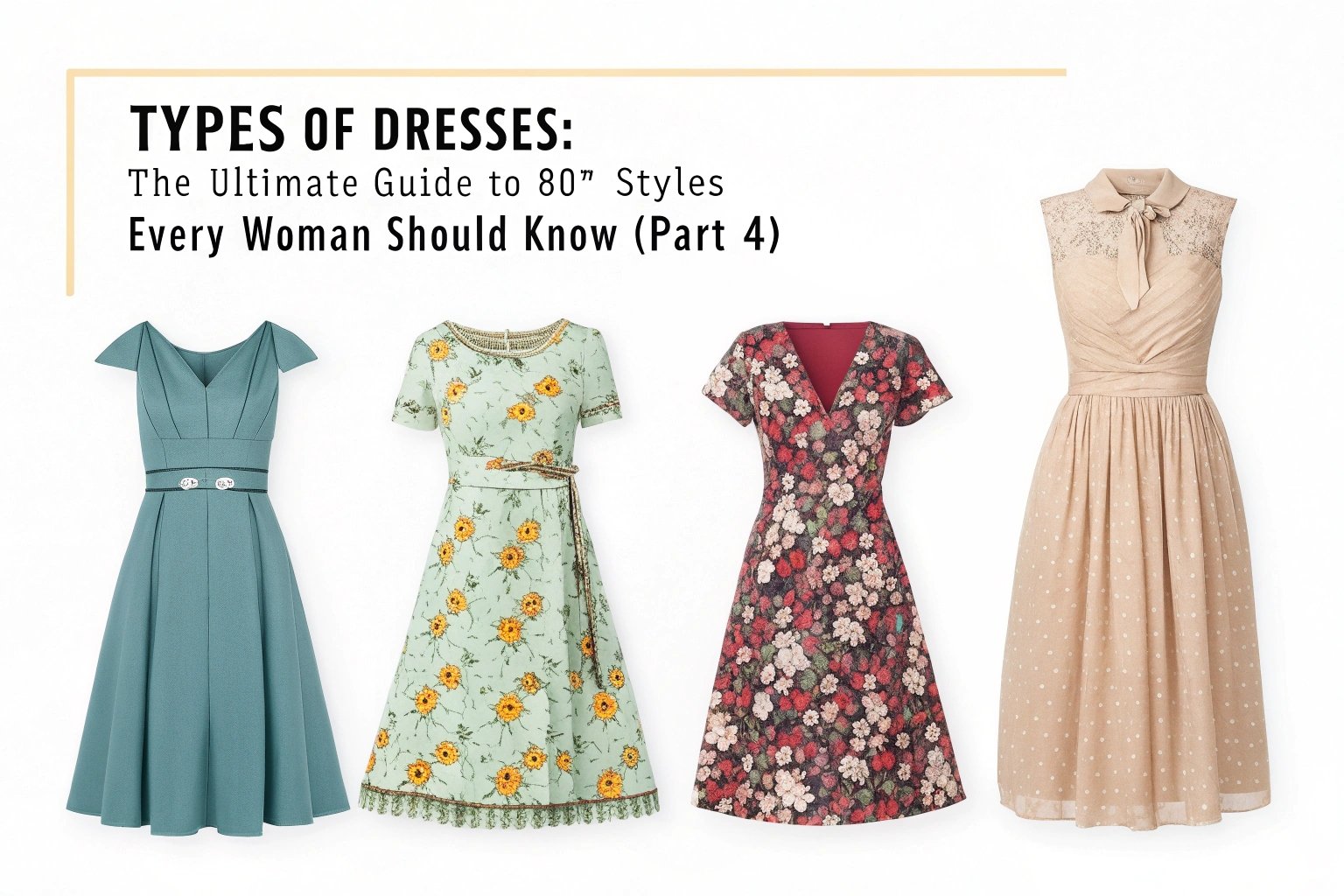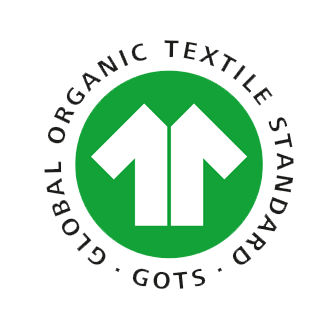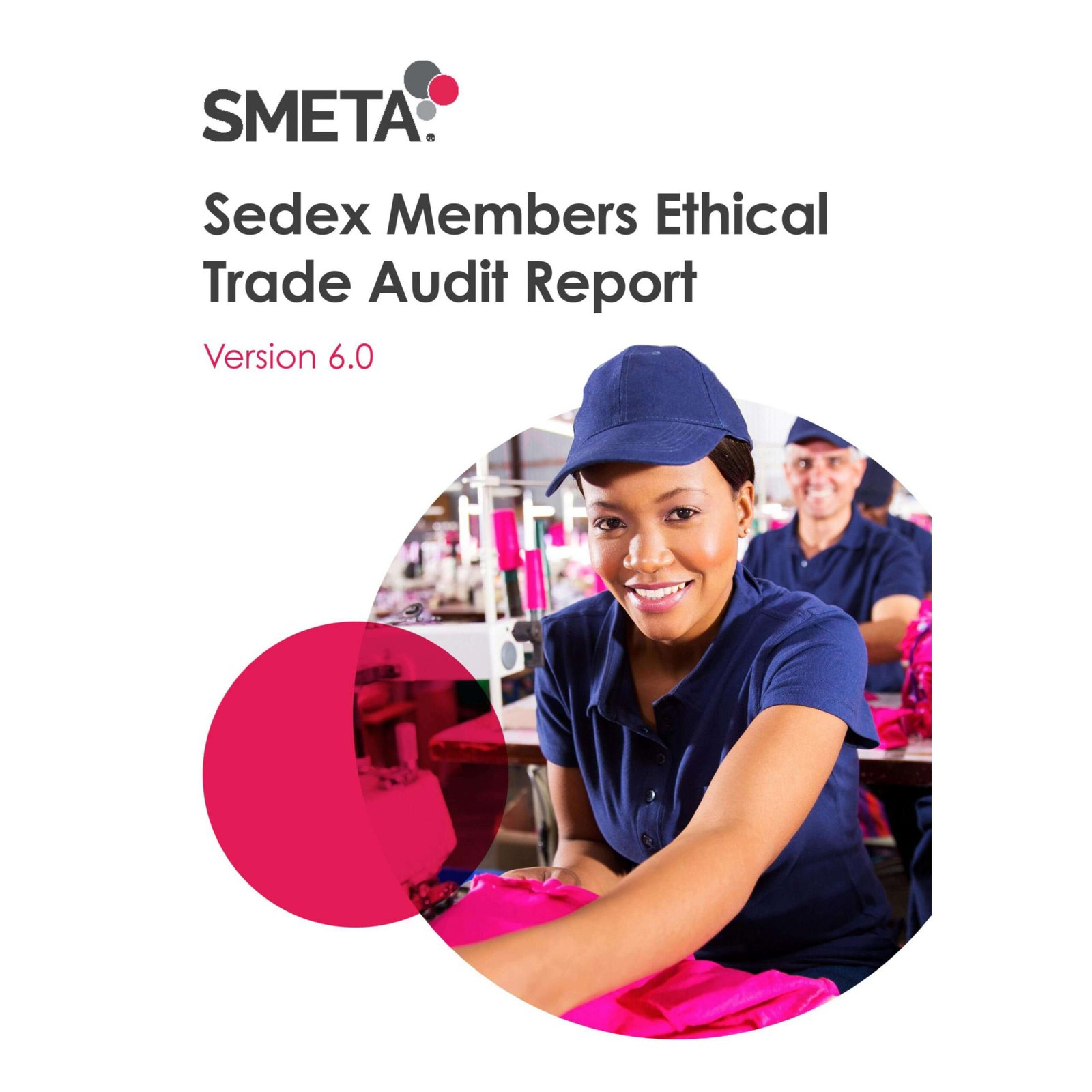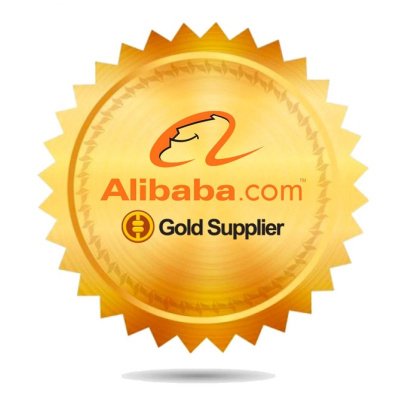We’ve seen it in buyer briefs, order specs, and global sourcing fairs—sustainable clothing is gaining ground fast. At Xzapparel, the shift toward sustainability is no longer subtle. But how strong is the actual market? Is it profitable? Who’s buying? And what should fashion businesses know?
Yes, there is a fast-growing and increasingly lucrative market for sustainable clothing, fueled by environmental concerns, regulation, and a generational shift in purchasing values.
Let’s explore this evolving landscape from the manufacturer’s lens.

What is the current size and growth of the sustainable clothing market?
The global sustainable clothing market is expanding.
It was valued at over $6.5 billion in 2022 and is projected to grow at a CAGR of over 9% through 2030.
Market Highlights
- The resale and rental segments are growing fastest
- Premium and activewear categories lead adoption
- EU and U.S. are primary revenue regions
- Younger consumers drive the trend
At Xzapparel, over 40% of new client orders in 2024 request sustainable elements—up from 22% just three years ago.
Who is the target audience for sustainable clothing?
Primarily Gen Z and Millennials—but it’s expanding.
These consumers prioritize ethical labor, eco-materials, and low-impact production. They also value brand transparency and storytelling.
Consumer Profiles
| Group | Traits |
|---|---|
| Gen Z | Value activism, digital-first, demand proof |
| Millennials | Invest in quality, willing to spend more |
| Conscious Parents | Eco-aware, focus on safety and longevity |
| Wellness Seekers | Align fashion with lifestyle choices |
Boutique owners catering to these audiences are asking us for organic, recycled, and locally traceable garments.

Which product categories have the highest demand?
Everyday essentials and premium basics lead.
T-shirts, loungewear, and capsule collections show the most sustainable conversion, followed by premium denim and linen dresses.
Demand by Category
| Product Type | Sustainable Potential |
|---|---|
| Basic Tees | High |
| Loungewear | High |
| Denim | Medium-high |
| Formalwear | Medium |
| Sportswear | Medium |
| Fast Fashion | Low |
We advise clients to begin with basics to validate demand and scale gradually.
How are brands positioning sustainable clothing?
Through storytelling, data, and community.
Successful sustainable brands emphasize material traceability, brand purpose, garment lifecycle, and measurable environmental impact.
Positioning Strategies
- Use QR codes for supply chain visibility
- Share carbon footprint metrics
- Highlight third-party certifications
- Build community engagement (Instagram, TikTok, pop-ups)
We assist clients in building visual content packages to reinforce their sustainable value.
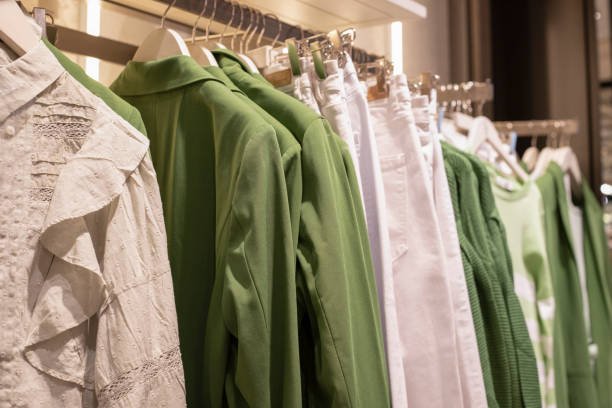
Is there price sensitivity in the sustainable fashion market?
Yes—but not as much as expected.
Consumers are willing to pay 10–25% more for verified sustainable products, particularly in premium and niche categories.
Price Positioning Table
| Segment | Sustainable Price Premium Accepted |
|---|---|
| Mass Retail | Low (<10%) |
| Premium DTC | Moderate (10–20%) |
| Luxury/Designer | High (20–30%) |
Our experience shows that when storytelling and quality align, price resistance drops significantly.
What challenges do brands face in entering this market?
Transparency, sourcing, and education.
Many brands struggle to find compliant suppliers, understand eco-certification, and avoid greenwashing.
Common Challenges
- Verifying supply chains
- Balancing MOQ with sustainable materials
- Managing certification costs
- Communicating without overpromising
We’ve built internal guides to help clients manage sourcing, auditing, and consumer transparency without brand risk.
How do retailers evaluate sustainable brands?
Via ESG criteria and sell-through potential.
Buyers ask for certifications, packaging info, production transparency, and audience alignment when considering new sustainable vendors.
Key Retail Buyer Questions
- Is the fabric certified organic or recycled?
- Where is your cut-sew facility?
- Do you use compostable or recycled packaging?
- What proof supports your claims?
- What’s your average return rate?
Xzapparel supports clients with retail-specific decks and material data reports.

Are there global certifications that build market trust?
Absolutely—and they matter.
Certifications like GOTS, OEKO-TEX, and GRS help brands access markets, gain buyer trust, and justify pricing.
Certification Snapshot
| Certification | Focus |
|---|---|
| GOTS | Organic textile, social compliance |
| OEKO-TEX | Toxic-free chemical compliance |
| GRS | Recycled material authenticity |
| FSC | Forest-safe viscose |
| Fair Trade | Ethical wages and worker safety |
We guide clients in selecting the right mix based on their market goals.
Is sustainable clothing a profitable market?
Increasingly, yes.
Margins are higher in sustainable categories due to brand differentiation, customer loyalty, and premium positioning.
Profit Factors
- Higher AOV (average order value)
- Lower return rates from conscious buyers
- Access to niche wholesale channels
- Enhanced brand storytelling = better ROAS
Even small boutiques have built sustainable-only lines with loyal 6-figure revenue streams.
How can new brands break into this market?
Start focused, honest, and scalable.
Begin with one sustainable collection, ensure traceability, and build brand content that educates and inspires.
Launch Blueprint
- Choose 2–3 eco-certified fabrics
- Source from verified, transparent suppliers
- Use minimal and recyclable packaging
- Build a website section on your impact story
- Partner with micro-influencers aligned with your values
Xzapparel offers starter kits with low MOQs for organic cotton, hemp, and recycled blends to help new brands enter sustainably.
What’s the forecast for sustainable clothing?
It’s scaling.
By 2030, up to 30% of fashion sales globally may be tied to verified sustainable products.
- Regulation will increase traceability demands
- Customers will expect lifecycle transparency
- Resale and repair will be key product extensions
- Greenwashing penalties will force honest branding
Now is the time to act. Sustainable fashion is no longer just a value—it’s a competitive edge.
Want to tap into the sustainable fashion market with clarity and confidence? We’re here to help from concept to carton.


